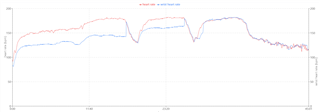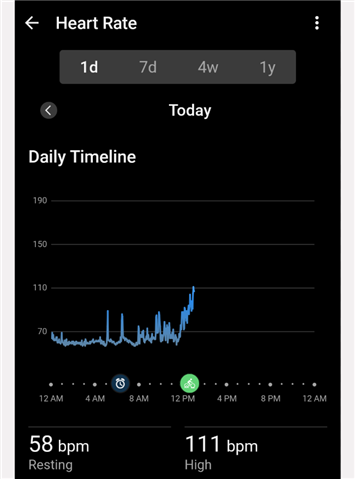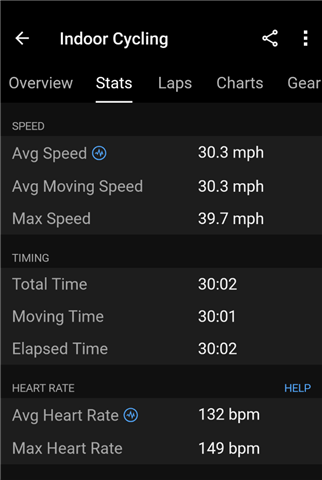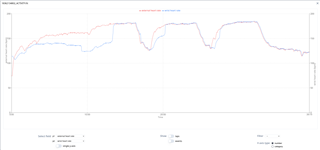unfortunately I have bad news. You closed OHR related topics like this
https://forums.garmin.com/sports-fitness/running-multisport/f/forerunner-955-series/384760/heart-rate-values-from-optical-hrm-still-totally-wrong-with-20-26
But you were asking to give you feedback, if we encountered that bug again.
This is the case - in fact, in my opinion the optical HRM is worse than ever now.
With 20.26 I was quite ok with the measurements of the OHR while walking/hiking and for higher intensity workouts I usually use a HRM strap (beside bike commuting).
With 21.19, the OHR cannot be trusted AT ALL, even for low intensity stuff like walking/hiking.
See this heart rate values, that I recorded during an hours walk today:

The average is a HR of 70!!!
While walking one hour with a pace below 10 minutes/kilometer.
My resting HR is 48, still, this is just random. It is nowhere near the real pulse I had during that walk.
And regarding blood flow: Yes, it is cold now in Germany (4 degrees Celsius), but I was wearing a thick fleece pullover and Polartech gloves and the watch was below it all.
Yes, you may contact me and have a look at my activities and I live in Germany.









